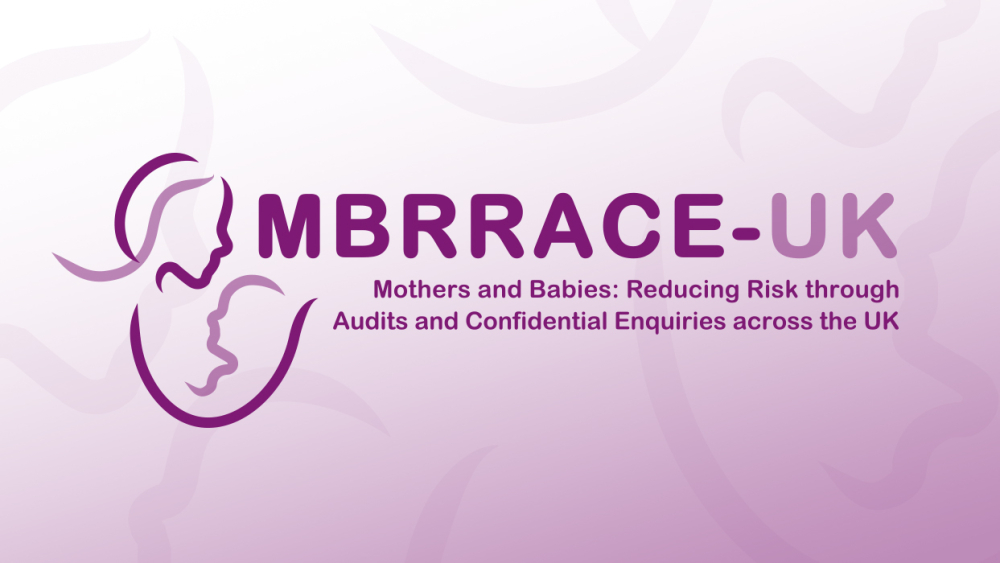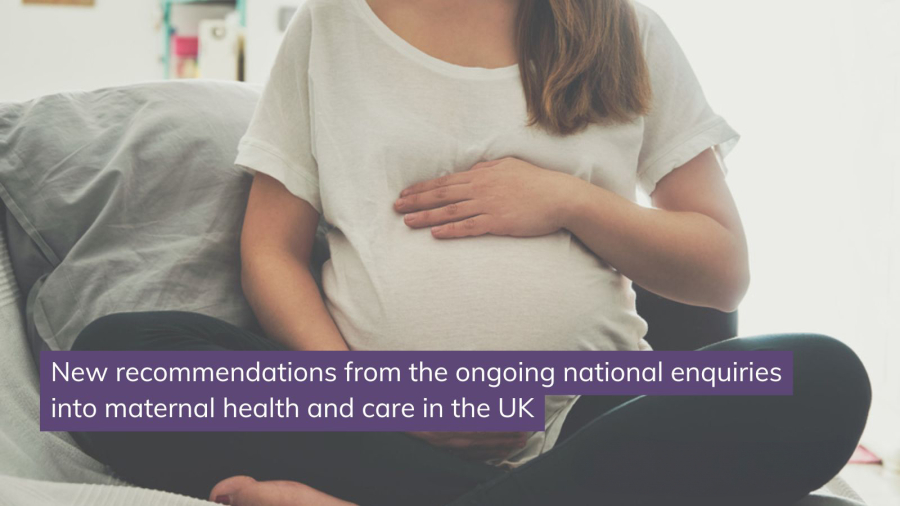How are the MBRRACE-UK figures on maternal deaths in the UK calculated?

Published on Monday, 29 January 2024 Post
Each maternal and perinatal death that occurs is a tragedy and devastating for the families who have lost a loved one. The Maternal, Newborn and Infant Clinical Outcome Review Programme (MNI-CORP), which is delivered by the MBRRACE-UK collaboration, analyses data and conducts confidential enquiries to investigate the care received by women and babies who die during pregnancy or shortly after birth in the UK. These data and confidential enquiries are used to produce reports that inform national guidance for the improvement of care for pregnant and recently pregnant women and their babies to prevent deaths in the future.
The MBRRACE-UK reports on maternal deaths are published each year; each report covers a three-year period. The reason for this is that the quality of care in high-income countries such as the UK means that maternal deaths are rare. Since the numbers of women who die is small, data from the whole of the UK over a three year period are required to identify any statistical trends in maternal death rates. Trends in maternal death rates would not be apparent with small amounts of data covering shorter periods of time, or covering individual hospitals or regions.
In addition, it is necessary to look at data from three years to protect the privacy of the women who might otherwise be identifiable. The reports produced by the MBRRACE-UK collaboration focus on the UK as a whole because there are too few deaths in each of the hospitals around the UK each year to report this information accurately and use it to ensure equitable access to maternal healthcare.
Maternal deaths are reported to MBRRACE-UK through a number of sources with most reported directly by the hospitals where the woman died. All women's deaths notified to MBRRACE-UK are cross checked with standard national datasets to ensure that the care of all women who die is properly assessed. The MBRRACE-UK team record each woman's details and collect any relevant information. The data are anonymised and then analysed by researchers who specialise in statistical analysis in the MBRRACE-UK team. These data are then used to produce figures that tell us how many women have died out of the total number of women giving birth, which gives us the maternal death rate.
Although the number of women who die during or shortly after pregnancy is relatively small, it is still important to learn from every woman's death to continually improve the quality of maternity care and the care pregnant and recently pregnant women receive in the wider health system. To ensure these lessons are learned, each woman's care is examined by local teams in the hospitals where she received care, as well as by a team of expert MBRRACE-UK reviewers. These investigations are used to produce national recommendations to improve maternity care.
The most recent report is a data brief that included data on maternal deaths that occurred between January 2020 and December 2022. The latest recommendations to improve care were published in October 2023.


